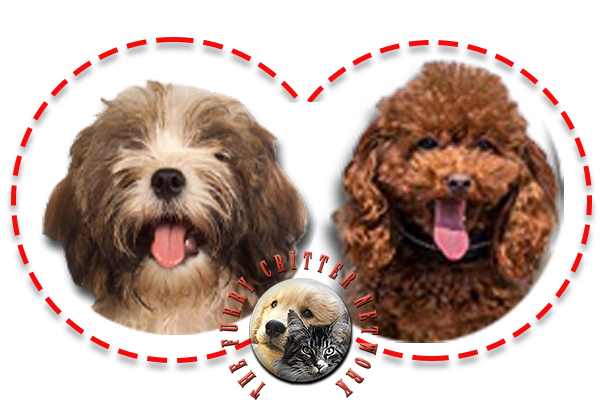Behavior
The Havanese becomes very attached and are very loyal to their owners, often attaching to one person especially whom they will closely follow. The Havanese is not suited to be alone all day. Although the Havanese is an active and lively dog, it is small enough that much of its exercise needs can be met in a house or yard, and it therefore does not require as much vigorous exercise as other breeds. However, exercise is still necessary for this breed to be happy and healthy.
The Havanese is satisfied when their owner is satisfied. They are very friendly dogs and do not typically bark at strangers, but some individuals are more shy than others. The Havanese is not a yappy dog, but it will alert its owners to approaching people. Usually acknowledging that you have heard their alert is enough to make them cease. Some have strong attachment issues, known by their owners as velcro dogs, following household members everywhere. The Havanese is known for its lively personality and temperament, and it loves to play, but it should not live outside exclusively. Though it enjoys outdoor activity, it prefers being inside with its owner. They are good with children. They love to perform in front of others and have a great need for affection. This breed is not afraid to show affection and loves getting attention. They manage well with people of all ages and can thrive in any size home.
This apartment dog does not need much exercise. He requires daily brushing and combing.
Health
Havanese are generally healthy and sturdy with relatively few serious health issues. Havanese organizations, such as the Havanese Club of America, monitor genetic issues to prevent propagation within the breed.
Havanese suffer primarily from luxating patella, liver disease, heart disease, cataracts and retinal dysplasia. Havanese sometimes tear and may develop brown tear stains which is especially noticeable on white or light coats.
The Havanese Club of America developed a system to encourage widespread participation of seven recommended tests for eye disease (CERF), congenital deafness (BAER), patellar luxation, cardiac diseases, hip dysplasia, hip joint disorder (Legg-Calve-Perthes), and elbow dysplasia. The Canine Health Information Center (CHIC) program promotes testing and reporting of health test results for the Havanese breed. CHIC is a centralized canine health database jointly sponsored by the AKC Canine Health Foundation (CHF) and the Orthopedic Foundation for Animals (OFA). Testing required for a Havanese to receive a CHIC certificate includes OFA BAER, OFA Hips, OFA Patellas, and annual CERF exams. This provides an outstanding research tool for performing searches on individual dogs and also links health testing results of the dog's related pedigree information (parent, offspring, and sibling), when those related dogs have been health tested.






